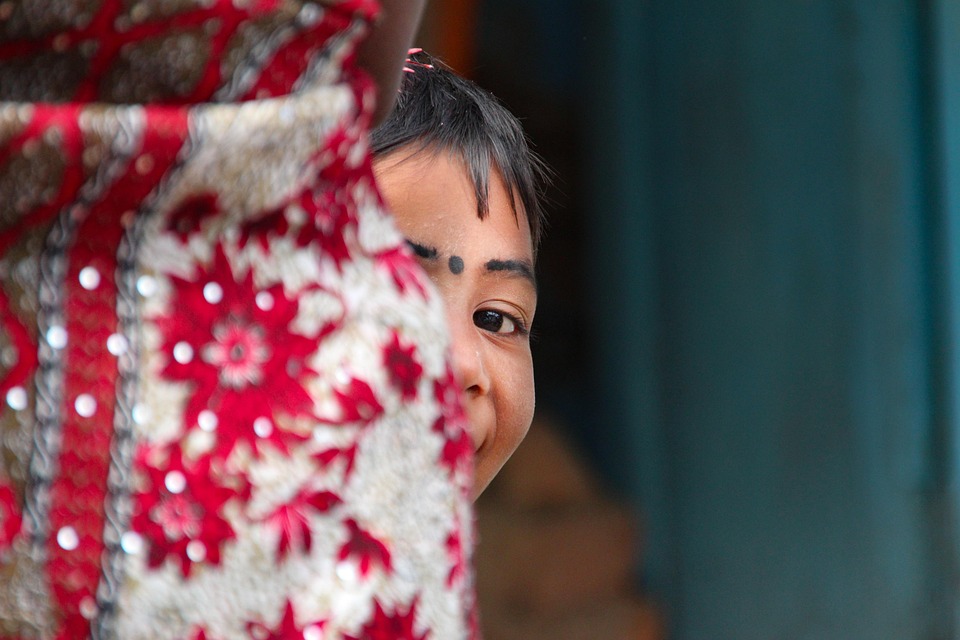The world of gaming has made significant strides in representation, with women increasingly taking the wheel in various genres. Racing games, once dominated by hyper-masculinity and traditional stereotypes, are now reflecting a more inclusive landscape. The evolution of female characters and players in racing games is not just a matter of diversity; it’s a cultural shift that is breaking barriers both in and outside the virtual track.
A Historical Context
Historically, racing games often presented a narrow view of the players and characters involved. Titles like "Mario Kart," though pioneering in the sense of inclusivity, often reduced female characters to archetypes—princesses, sidekicks, and auxiliary roles. However, as gaming has matured, so too have the narratives and roles available to female racers.
Titles like "Need for Speed" and "Gran Turismo" began featuring women as main characters in the 2000s, but they were often portrayed in limited, sometimes sexualized ways. The typical portrayal reinforced stereotypes rather than celebrating the skill and passion that real-life women bring to motorsports. Fortunately, this narrative has shifted dramatically over the last decade.
Women Behind the Wheel
Today, female characters in racing games are not only more prevalent but are also represented in diverse roles, showcasing their skills and complexities. Games like "Forza Horizon" and "Dirt Rally" emphasize the realistic aspects of racing, making room for strong female characters who are not just included for the sake of representation but are integral to the story.
A prime example is the character of Aki Kimura in the "Need for Speed: Heat." She is not just a racer but a skilled mechanic and strategist, embodying the multifaceted roles women can play in the racing world. Such portrayals signal a broader acceptance and recognition of women as not only competitors but also leaders in the motorsport community.
Real-World Impact: Elevating Female Racers
The popularity of female characters in racing games has also contributed to increased visibility for real-world female athletes. Icons like Danica Patrick and Jamie Chadwick inspire aspiring racers and gamers alike. Their prominence in actual motorsport and their representation in video games foster an environment where young girls feel empowered to pursue their dreams in racing, bypassing traditional gender barriers.
Gaming entities are increasingly collaborating with real-life female racers. Events like esports championships often feature women competing in significant capacities, blending the lines between virtual and real-world racing. This interplay helps to normalize the presence of women in racing, challenging stereotypes and encouraging a future generation of racers regardless of gender.
Community and Representation
The rise of online gaming and streaming has also facilitated community engagement, allowing women to share their passion for racing games and motorsports. Content creators like Jess “The Racing Girl” and others engage communities by showcasing racing strategies, game mechanics, and even personal racing experiences, fostering a supportive environment for female gamers.
The creation of female-centric gaming communities and initiatives is vital in continuing to challenge the status quo. Organizations such as "Women in Motorsports" work to promote inclusivity and provide resources for women pursuing careers in racing, further blurring the lines between gaming and reality.
Future Directions
As we look to the future, the potential for women in racing games continues to expand. With advancements in technology, we may see even more innovative game designs that highlight female racers, challenging the notion that racing is a male-dominated arena. This includes integrating more realistic physics, personalized storylines, and immersive environments that cater to diverse characters.
Developers are increasingly acknowledging the importance of female representation. Mainstream titles are now more likely to feature mixed-gender rosters, where players can choose their characters based on skill rather than gender. This trend not only diversifies the gaming landscape but also instills a sense of belonging for players of all backgrounds.
Conclusion
Women in racing games are breaking barriers far beyond the virtual track. Through improved representation, community support, and real-world parallels, the landscape is shifting towards a more inclusive future. As we race forward, celebrating the diversity of characters and players will continue to be essential, enriching both gaming culture and motorsports as a whole. The journey of female racers in gaming is just beginning, and its impact will resonate for generations to come.



